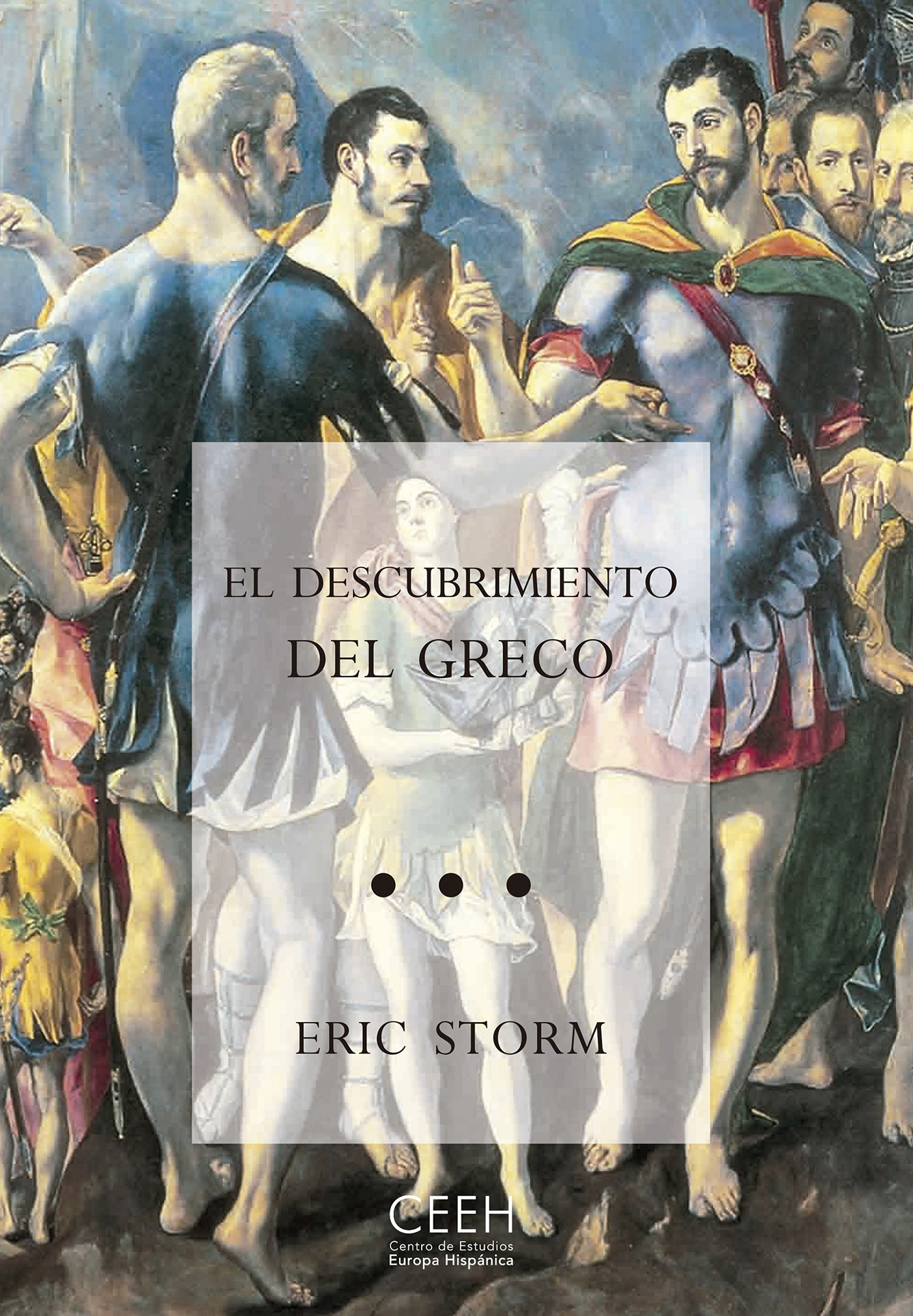Author
Eric Storm
Characteristics
240 pages; 46 color illustrations; flapped paperback; 18,5 x 24,5 cm
Publication
Spanish; translated by J. Cuní Bravo; jointly published with Marcial Pons with the collaboration of the Fundación El Greco 2014; 2011
ISBN
978-84-15245-17-9
Price
€28,85
The rapid rise in appreciation for El Greco more than three centuries after his death (1614) is one of the most interesting and spectacular phenomena in modern studies on Old Masters of painting and in the twentieth-century art market. Although celebrated for some of his altarpieces during his own lifetime, the Cretan soon slipped almost into oblivion and until well into the nineteenth century he was reviled his extravagances and unsettling elongated figures, which could only be the product—or so it was thought—of an unsound mind. However, around 1860 El Greco gained unusual prominence. His return to fame began with impressionists such as Manet and Degas, who considered him ahead of his time on account of his personal aesthetic language, his bold use of colour and his originality. They were followed by art historians, among them Justi and Cossío, and painters who even hailed him as one of the chief forerunners of their avant-garde oeuvre, among them Picasso and Kandinsky.
While interest in El Greco coincided with the advent of modern art, how he was interpreted by some eminent European writers and thinkers of the turn of the century was directly linked to the growing influence of nationalism in art. Within a few decades El Greco thus became not only one of the fathers of modern art but also, in an equally unexpected manner, an exceptional interpreter of the Spanish soul and the forerunner of seventeenth-century Spanish realism headed by Velázquez. The “discovery” of this European heritage through a fascinating chain of artists and connoisseurs—some famous, others almost unknown—is analysed in depth in this thorough and entertaining book which provides an excellent picture of the fortunes of El Greco in European culture and art between 1860 and 1914.
Eric Storm, who teaches Contemporary History at the University of Leiden, has written numerous articles on the cultural history of Spain from a transnational approach. His main publications are La perspectiva del progreso. Pensamiento político en la España del cambio de siglo, 1890-1939 (2001) and The Culture of Regionalism: Art, Architecture and International Exhibitions in France, Germany and Spain, 1890-1939 (2010).

